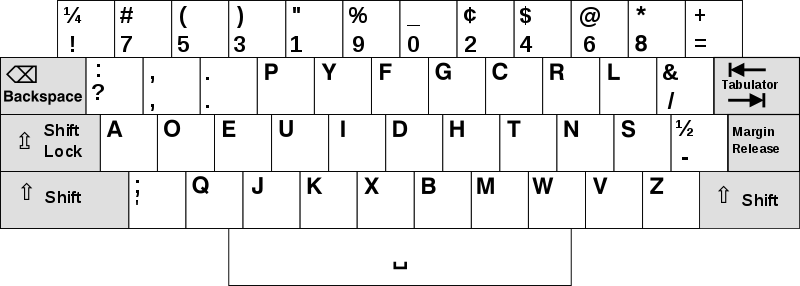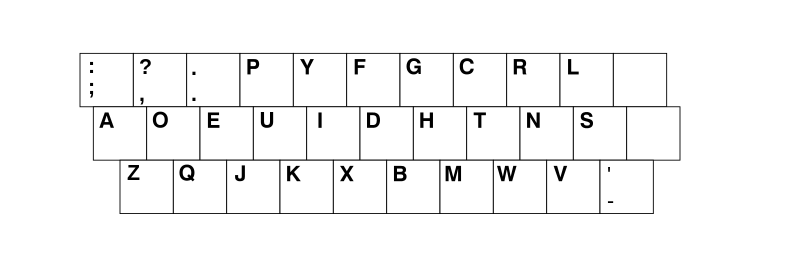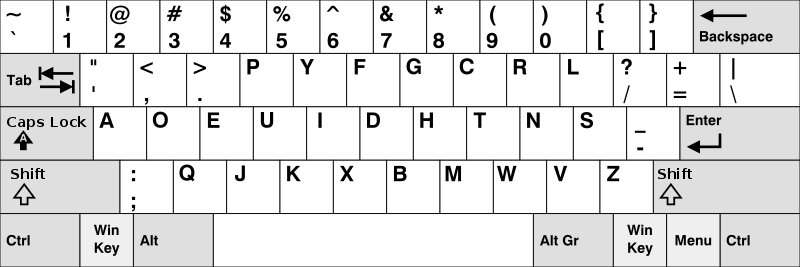In today's part of our regular return to the past, we will talk about two products. The first will be the Dvorak keyboard, which its inventors patented in May 1939. The second part of the article will talk about the completion of the Z3 computer, which is the responsibility of the German engineer Konrad Zuse.
It could be interest you

The Dvorak Keyboard (1939)
On May 12, 1939, August Dvorak, a professor from the University of Washington, together with his brother-in-law William Dealey, patented a keyboard that is still known today under the designation DSK (Dvorak Simplified Keyboard). A typical feature of this keyboard was, among other things, the proximity of key letters and the availability in both right-handed and left-handed versions. The principle behind the layout of Dvorak's simplified keyboard was that while the dominant hand had the consonants within reach, the non-dominant took care of the vowels and less frequent consonants.
Completion of the Z3 Computer (1941)
On May 12, 1941, German engineer Konrad Zuse completed the assembly of a computer called the Z3. It was the first fully functional program-controlled electromechanical computer. The Z3 computer was partly funded by the German government with the support of the DVL (“Deutsche Versuchsanstalt für Luftfahrt” – German Institute for Aviation). In addition to the mentioned Z3 computer, Konrad Zuse had several other machines to his credit, but the Z3 is undoubtedly one of his greatest achievements, and Zuse was rewarded with the Werner-von-Siemens-Ring prize for it. In the same year that he launched his Z3, Konard Zuse also founded his own company - and at the same time one of the first computer companies, from whose workshop the Z4 model, one of the first commercial computers, emerged a little later.


